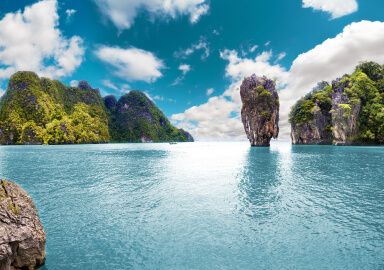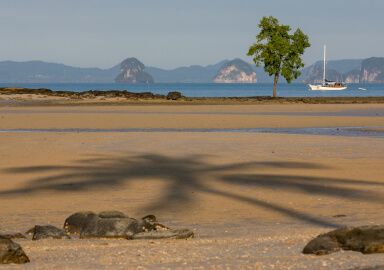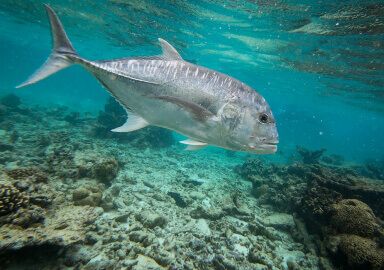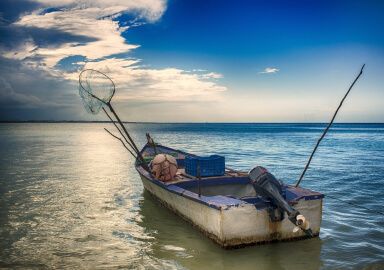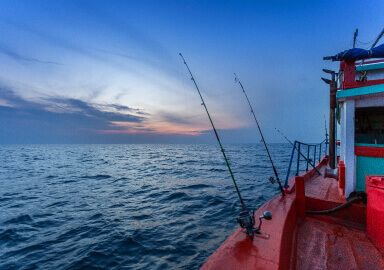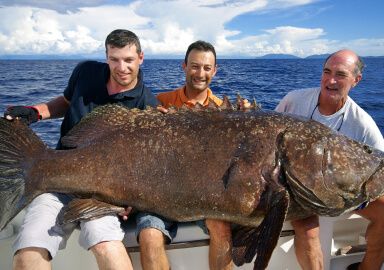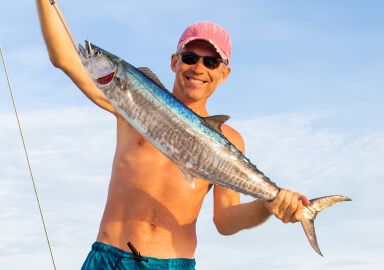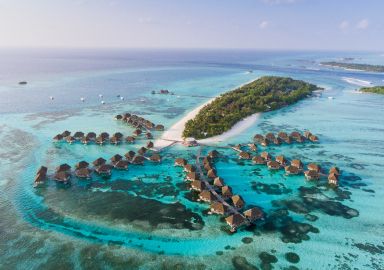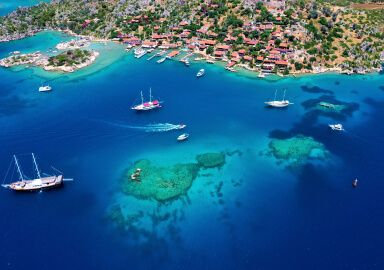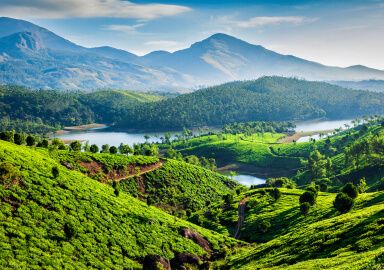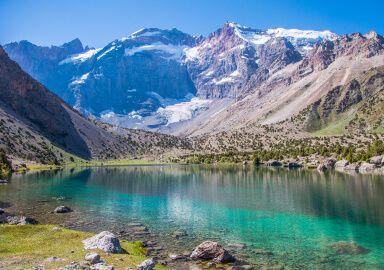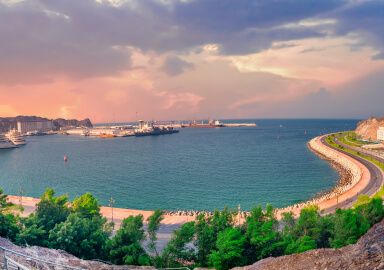Fishing in Thailand
The most popular tourist destination in South-Eastern Asia, Thailand offers outstanding and unique fishing opportunities - offshore, jungle, and for freshwater monsters on its fishing resorts.
View 6 listings
6
listings
–
price starting from
41
fish species
–
to the nearest trip
About Thailand
The world-famous Thai food, martial arts, massage, and ancient culture, as well as warm weather and sandy beaches, attract thousands of tourists, expats and digital nomads to Thailand. But fishing alone is a good enough reason to visit Thailand, too. With over 300,000 square km. of water surface and over 2,500 km. of coastline, Thailand has fish to spare. In fact, fish makes up ⅕ of the country’s export, and recreational anglers can find interesting, and occasionally unique fishing opportunities as well.
Thailand has access to aquatories of two oceans. The western coast of the country is washed by the Andaman Sea, that belongs to the Indian Ocean, while on the eastern coast you’ll find the Gulf of Thailand, that flows into the South China Sea, and is thus part of the Pacific Ocean. The Gulf of Thailand is not very deep, with rather bracken water, but at the same time less touristy. The best fishing opportunities there are said to be located on the island of Koh Samui; many charters start out of Pattaya as well. On the western coast, saltwater fishing charters are predictably concentrated on the island of Phuket, Thailand’s prime beach resort, with boats making sail for the Racha Islands, just south of Phuket, that are arguably Thailand’s first choice for offshore fishing.
However, while saltwater fishing in Thailand is just good, it’s the freshwater fishing opportunities that make the country unique. The jungle deep inside Thailand’s mainland, between Myanmar, Laos, and Cambodia, is one of fishing’s last frontiers. And of course, there is the Thai specialty: dedicated fishing resorts where you can stay in comfortable villas adjacent to stocked ponds where you can catch some one of the world's biggest and heaviest freshwater fish.
The best time for fishing in Thailand depends on what fish you want to target. Freshwater fishing is believed to be somewhat slow in the winter, and at its best during the monsoon (rainy) season. The monsoon months are when the sea is rough, and so recommended for sailfish enthusiasts; most other saltwater species, by contrast, tend to bite somewhat better in the winter months, from October to March.
Fishing Types
Tourists on seaside resorts, as well as seriously minded trophy anglers, can hire one of the numerous charter boats for a nearshore or an offshore fishing trip. The boats range from hi-power deep sea craft to traditional wooden vessels. Backcountry fishing opportunities that take tourists in the wild jungle lakes and rivers on the mainland are limited, but offer a unique experience.
And of course there is lake fishing, with a focus on stocked ponds on fishing resorts. The Thai have a very strong connection to fish, believing that feeding fish is a spiritual practice, a part of the Buddhist tradition of caring for all living things. Unsurprisingly, the country has a well developed fish farming industry, including the fishing resorts, which you can find all across the country, from the capital, Bangkok, to tourist hotspots. But instead of the usual carp and rainbow trout, the fish farms give you a chance to catch one of the heaviest freshwater fishes in the world.
If you care to have your name entered in fishing record books, bear in mind that entries from those resorts that double as fish farms, that is, sell their catch by weight on the market, are usually not accepted. Note also that most of the fishing parks are catch and release, with barbless hooks mandatory, and the biggest trophies aren’t lifted out of the water - the anglers take a dip to be photographed with their catch.
Targeted Fish Species
In the seas off Thailand’s shores you can find albacore tuna, bonito, black marlin, wahoo, king mackerel, sailfish, dorado, barracuda, snapper and grouper. With warm climate and abundant food, Thailand’s rivers and lakes are inhabited by species that can only be described as “monstrously big”. This refers not only to native species, such as Mekong catfish that can top 300 lb. (135 kg.), jungle perch and mahseer, the fish that British colonizers in India considered even more exciting to catch on the fly than salmon, and the giant freshwater stingray, believed to be the largest freshwater fish in the world. The lakes on fishing resorts are stocked with big fishes from all over the world, including alligator gar and arapaima, which can weigh more than 560 lb. (255 kg.). (Learn more about the biggest freshwater fish from our blog)
Fishing Techniques
Fishing techniques vary according to the quarry and location, but don’t usually go beyond the recreational fishing industry standard: trolling with heavy tackle for tuna and dorado, spinning or fly fishing with light tackle for smaller species, jigging or handlining with bait when a large group of causal anglers are looking for fun rather than a record catch, bait and bottom fishing in the stocked ponds. However, you can catch some of the giants like arapaima also on the fly.
Whatever kind of fishing you ultimately choose, there’s no need to take your rods and reels with you if you decide to spend your next vacation in Thailand. Both charters and lodges will provide you with all you may possibly need, from heavy tackle for deep sea fishing to bait for bottom fishing in the stocked ponds.
